Goats were amongst the first domesticated animals and have provided humans with milk, fur, leather, meat and building tools for centuries.
As with any kind of animal they come in all shapes, colors, are used for various different products and are of different sizes.
In this article, we take a look at my top twelve large sized goat breeds.
TOP 12 LARGE GOAT BREEDS
American LaMancha Goat

Average size of the doe 71 cm at wither and average size of the buck 76 cm at withers
The American LaMancha goat is a very distinctive looking goat as it has very short ears of which they can either be the “elf ear” or “gopher ear” variety.
Despite have really small ears they are very graceful if not elegant goats that are used for their large amounts of nutritious milk they provide. Read More
Anglo Nubian Goat
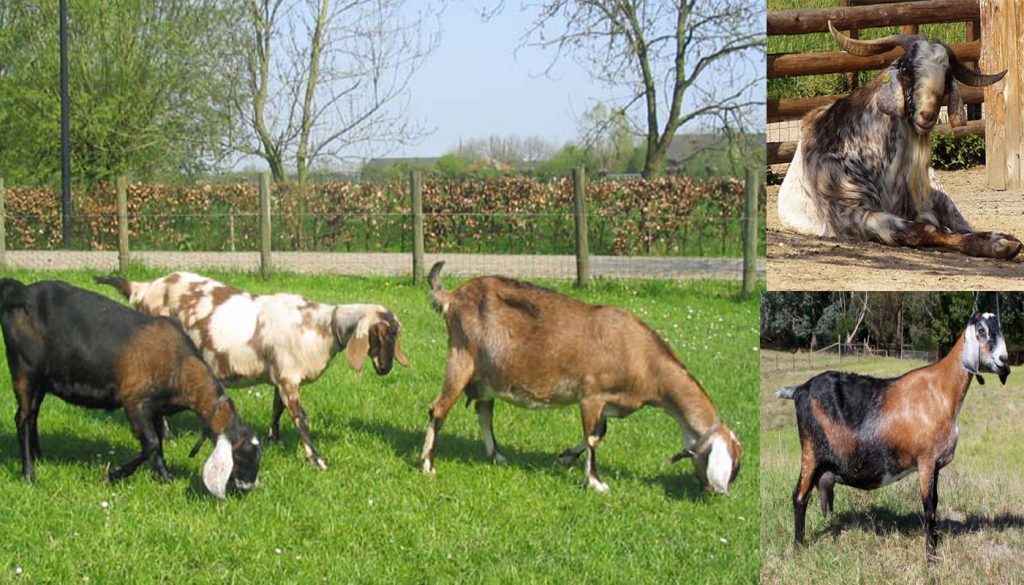
Average size of the doe 76 cm at wither and average size of the buck 89 cm at withers
The Anglo Nubian, referred to as just Nubian in the States is a large-sized goat that is used primarily for its healthy milk supply.
They are quite playful and inquisitive goats with a soft shiny coat and are very hardy and adaptive to most environments.Read More
Alpine Goat

Average size of the doe 76 cm at wither and average size of the buck 81 cm at withers
The Alpine goat is a very adaptable goat and has can navigate just about any precarious terrain with a skillful grace and elegance.
These hardy goats that originate from the mountains of Switzerland are highly prized for their copious amounts of nutritious milk they supply.Read More
Angora Goat

Average size of the doe 92 cm at wither and average size of the buck 122 cm at withers
The Angora goat is another of the tallest of goat breeds and is also one of the most valuable for their fiber production. They are the only goat that produces actual Mohair fiber that is used for the creation of fine mohair garments, blankets and various other products that use mohair for their creation.Read More
Beetal Goat

Average size of the doe 91.6 cm at wither and average size of the buck 91.6 cm at withers
The Beetal goat is prized through the areas it originates from in India for its milk, meat and skin.
They are a really excellent breed for intensive farming environments and are quite an adaptive and hardy breed of goat. They are also one of the largest or rather tallest goat breeds.Read More
Boer Goat
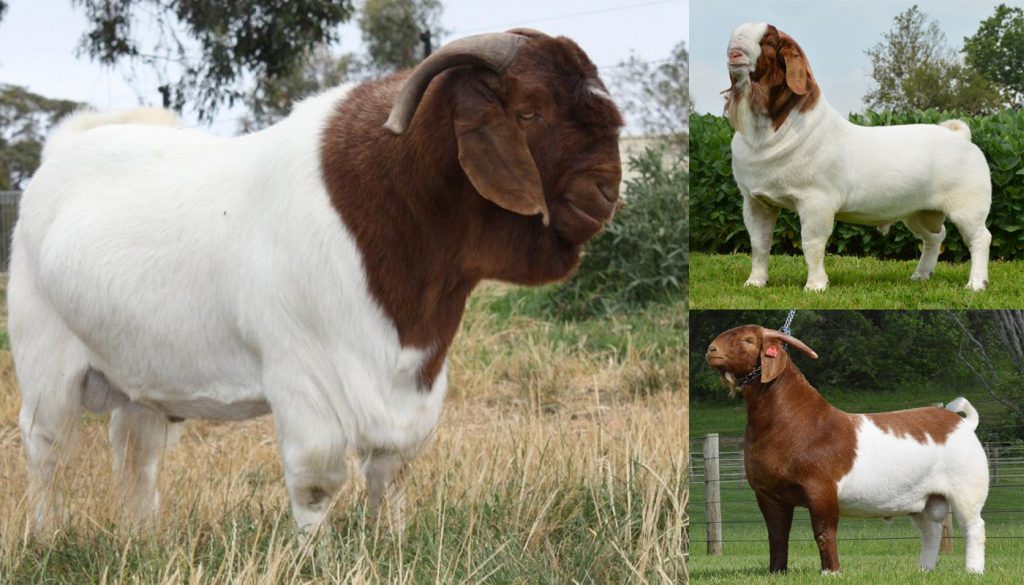
Average size of the doe 70 cm at wither and average size of the buck 78 cm at withers
Some say that the Boer goat is a very aggressive goat, and some say that this goat with the massive body size has a docile even temperament. In fact, that Boer goat has actually been listed on a lot of sites as one of the top 10 most dangerous goats. I think on most of them I have read that he sits at number 2 on the list. I have been around Boer goats, and not once have I actually felt threatened by them. Yes, they are big and quite scary, yes, I think, as with any animal, there are always the aggressive ones. Especially the young bucks who have just come into puberty, I would not trust those guys. They are even kept away from the does because they hurt them, and they often get into some mean head-butting and fights with their fellow young Boer bucks. So, it is always best to take care when around any animal. Even humans can snap it just takes that one thing!
Boer goats are raised for their meat production and have some of the highest quality of goat’s meat.Read More
Damascus Goat
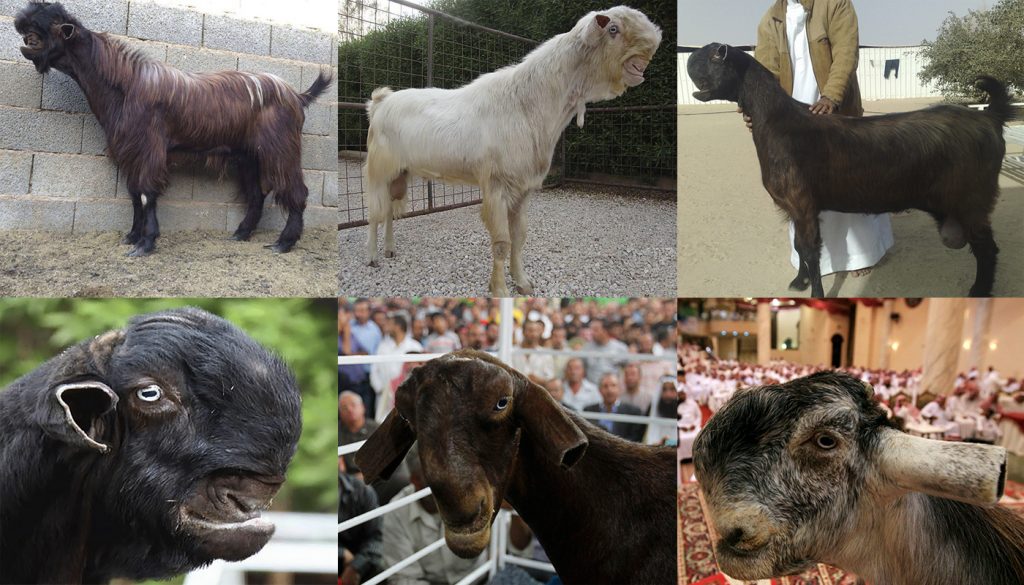
Average size of the doe 70 cm at wither and average size of the buck 80 cm at withers
The Damascus is quite a prized goat that originates from India. These goats are known as the monster goats. When they are young, they are quite pretty and have very long floppy ears. But as they grow their jaw becomes more undershot with a snub nose. They are purposely bred this way and are actually prized for it. They are also a show goat with their own “Most beautiful goat” contest where the goat with the best of these pronounced unique features it has wins the title.
A lot of these goats that are shown also tend to have their ears cut.Read More
Jamnapari Goat

Average size of the doe 75.15 cm at wither and average size of the buck 78.17 cm at withers
The Jamnapair goat is a milk goat the originates from India. It is a beautiful goat breed that has a lovely thick coat and fluffy hindquarters.
They are very adaptive to their environments and an extremely hard breed of goat.Read More
Kalahari Goat

Average size of the doe 50 cm at wither and average size of the buck 60 cm at withers
The Kalahari Goat is a breed that was developed in South Africa as a meat goat breed. It is of nearly the same stature of the Boer goat but a lot more vicious. It is a red colored goat and was purposely bred in this color to blend into the arid sub-Saharan terrain and climate.Read More
Kamori Goat
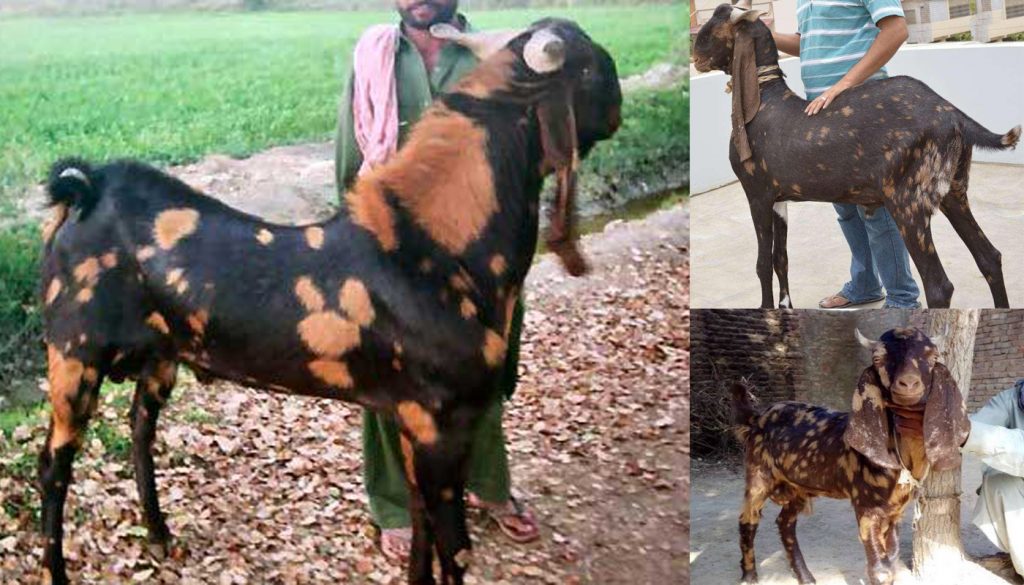
Average size of the doe 60 cm at wither and average size of the buck 70 cm at withers
The Kamori goat was prized for its beauty, milk and meat production. As it is such a rare breed these days it is no longer used for meat but more for exhibition and sometimes milk. They price these goats can fetch is really high and can get to thousands of dollars.Read More
Kiko Goat
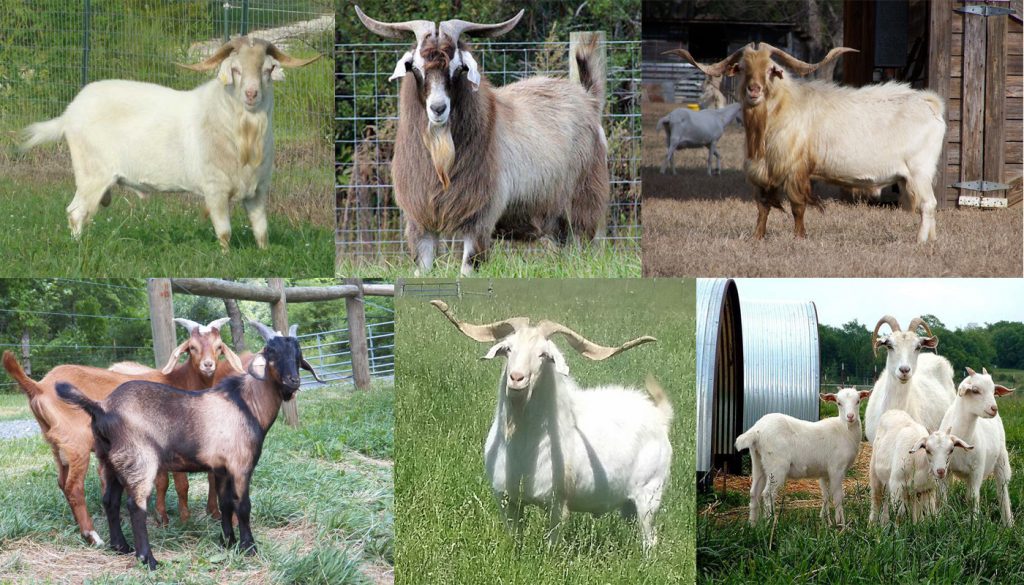
Average size of the doe 71 cm at wither and average size of the buck 77 cm at withers
The Kiko Goat is a meat goat breed that was developed in New Zealand they are a hardy robust breed that is known for being quite bold and robust.
They are very adaptive and love the free-range type environment. Their meat is not as expensive as that of the Boer goat, but it is still top quality and tasty.Read More
Rove Goat
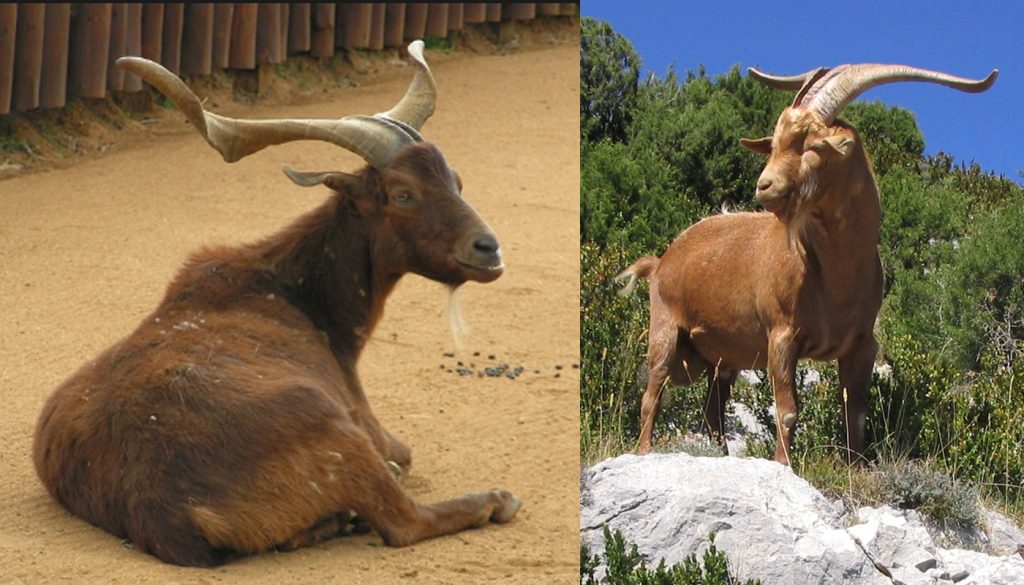
Average size of the doe 74 cm at wither and average size of the buck 81 cm at withers
The Rove goat breed can be quite tame and friendly if raised correctly but if they are not, they are one of the most dangerous goat breeds. They have long thick dangerous lyre-shaped horns that they are not shy about using if they feel at all threatened or just not in the mood for company.
They are mainly used for their milk production and foliage control as they are able to get into areas that are mostly inaccessible. This helps to control bushfires. Read More
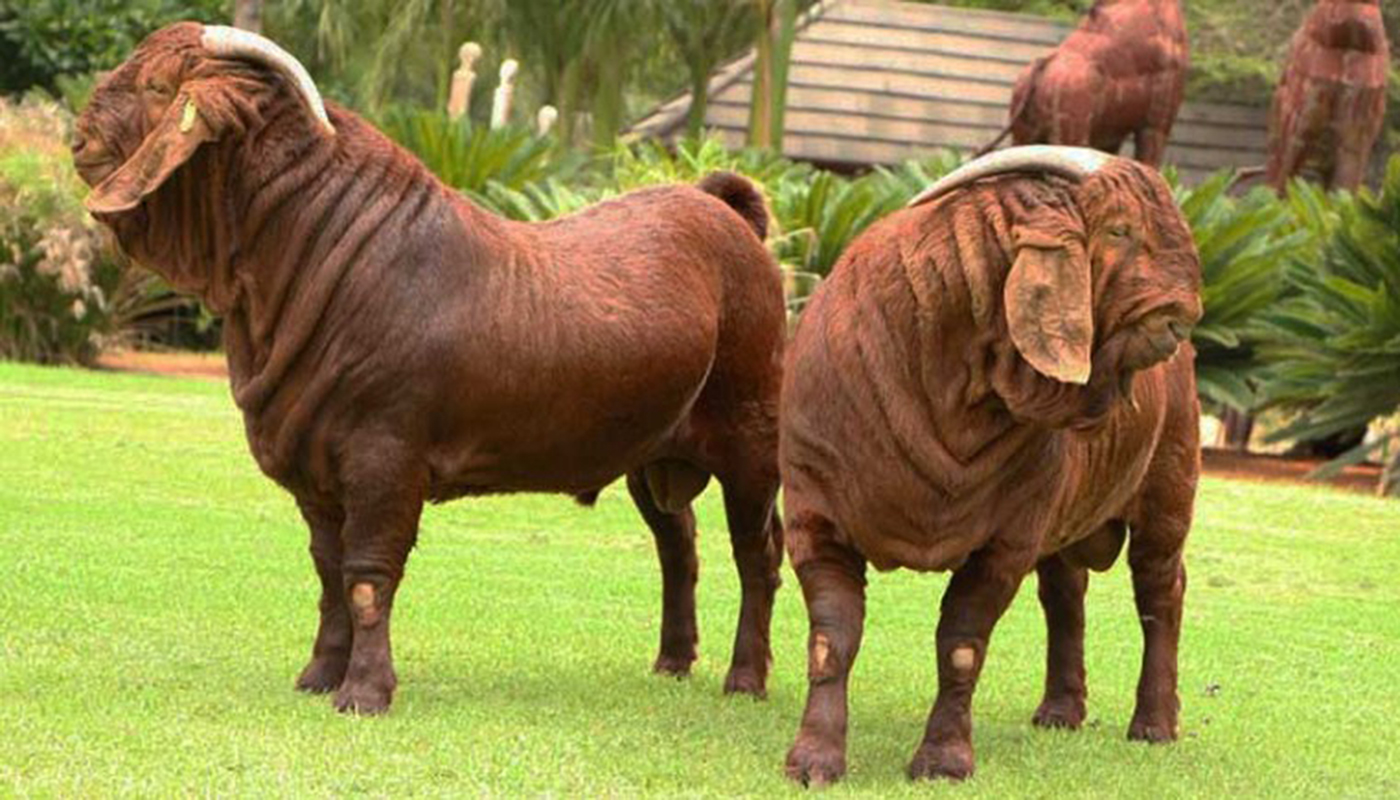 Kalahari Goat Breed – Everything You Need to Know
Kalahari Goat Breed – Everything You Need to Know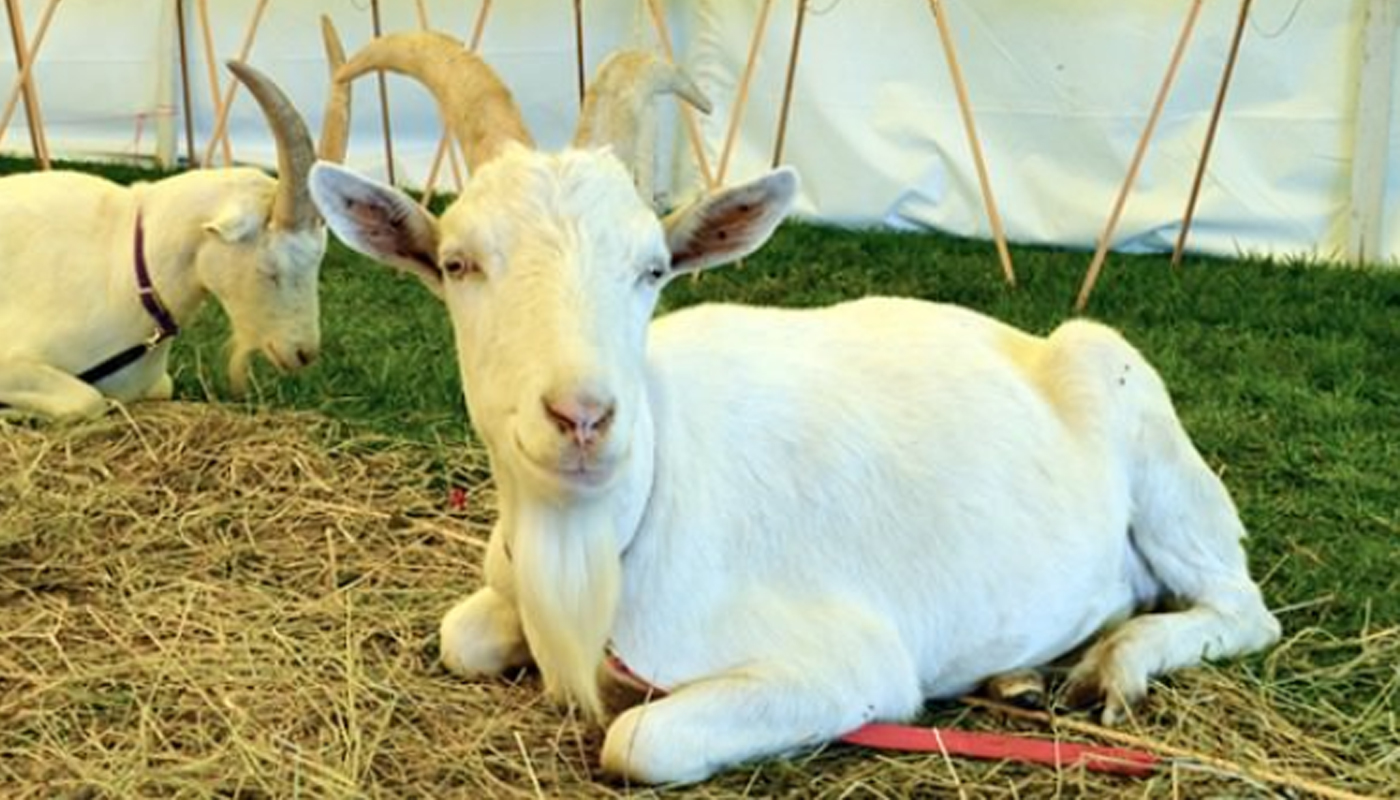 Saanen Goat Breed – Everything You Need to Know
Saanen Goat Breed – Everything You Need to Know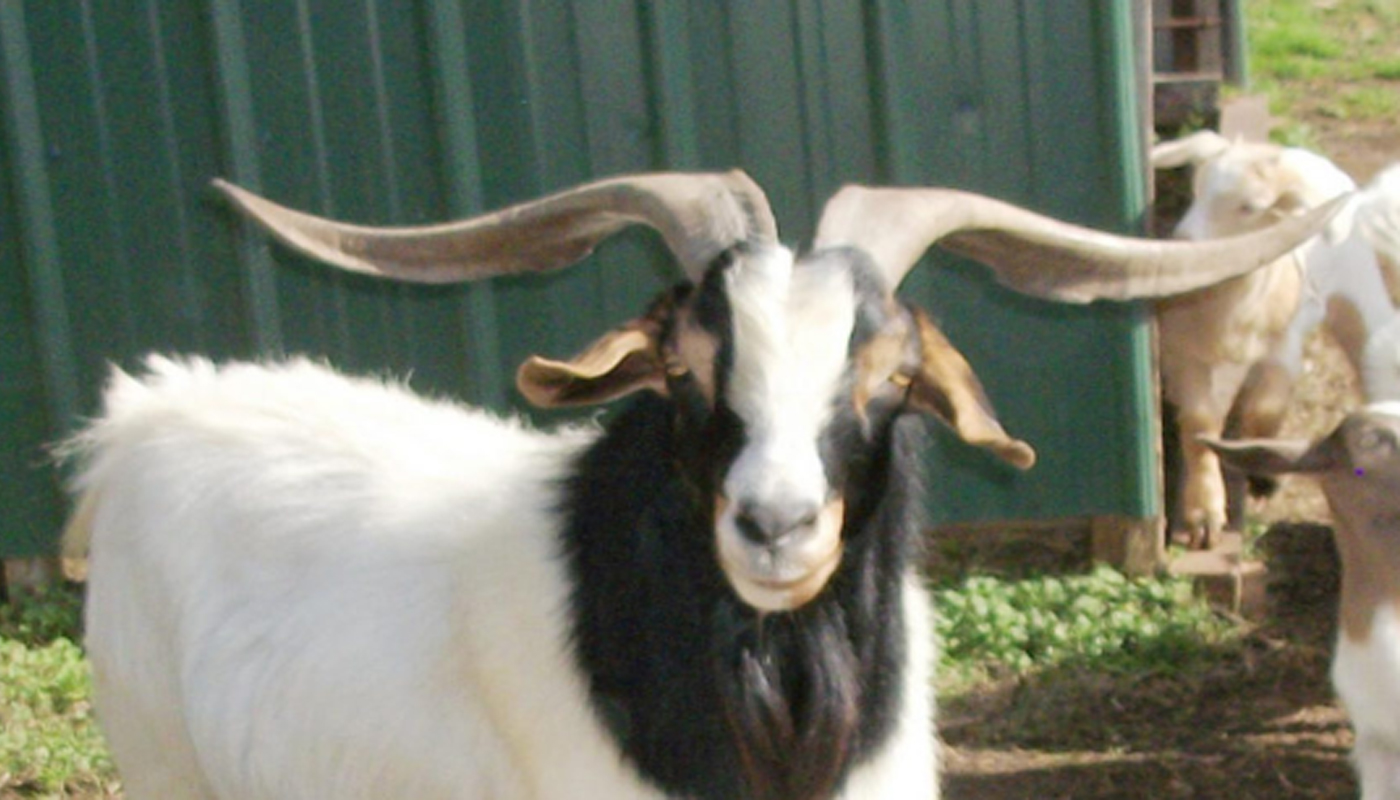 Spanish Goat Breed – Everything You Need to Know
Spanish Goat Breed – Everything You Need to Know Danish Landrace Goat Breed – Everything You Need to Know
Danish Landrace Goat Breed – Everything You Need to Know Dutch Landrace Goat Breed – Everything You Need to Know
Dutch Landrace Goat Breed – Everything You Need to Know 10 Best Goat Breeds for Meat Production
10 Best Goat Breeds for Meat Production Nigora Goat Breed – Everything You Need to Know
Nigora Goat Breed – Everything You Need to Know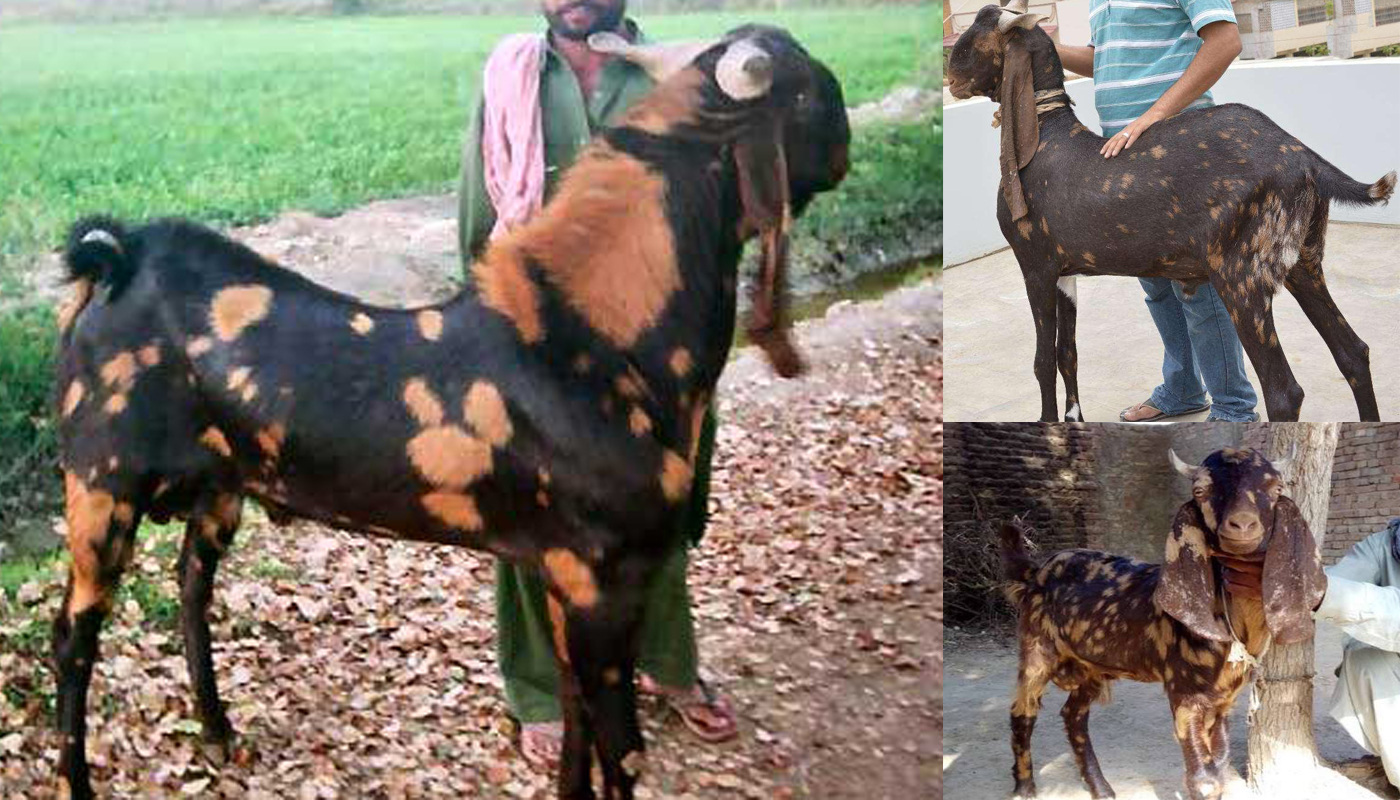 Kamori Goat Breed – Everything You Need to Know
Kamori Goat Breed – Everything You Need to Know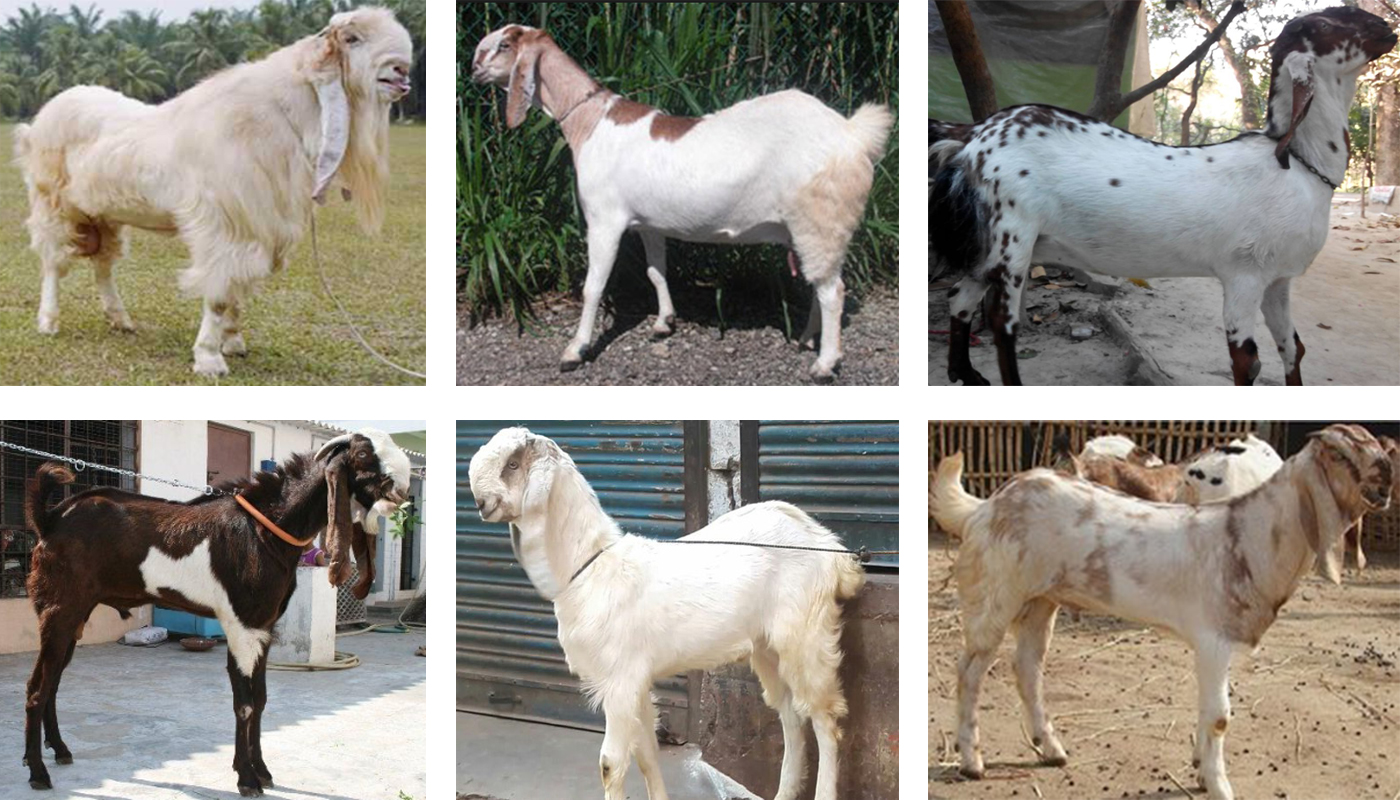 Jamnapari Goat Breed – Everything You Need to Know
Jamnapari Goat Breed – Everything You Need to Know Chamois Goat Breed – Everything You Need to Know
Chamois Goat Breed – Everything You Need to Know Booted Goat Breed – Everything You Need to Know
Booted Goat Breed – Everything You Need to Know Oberhasli Goat Breed – Everything You Need to Know
Oberhasli Goat Breed – Everything You Need to Know